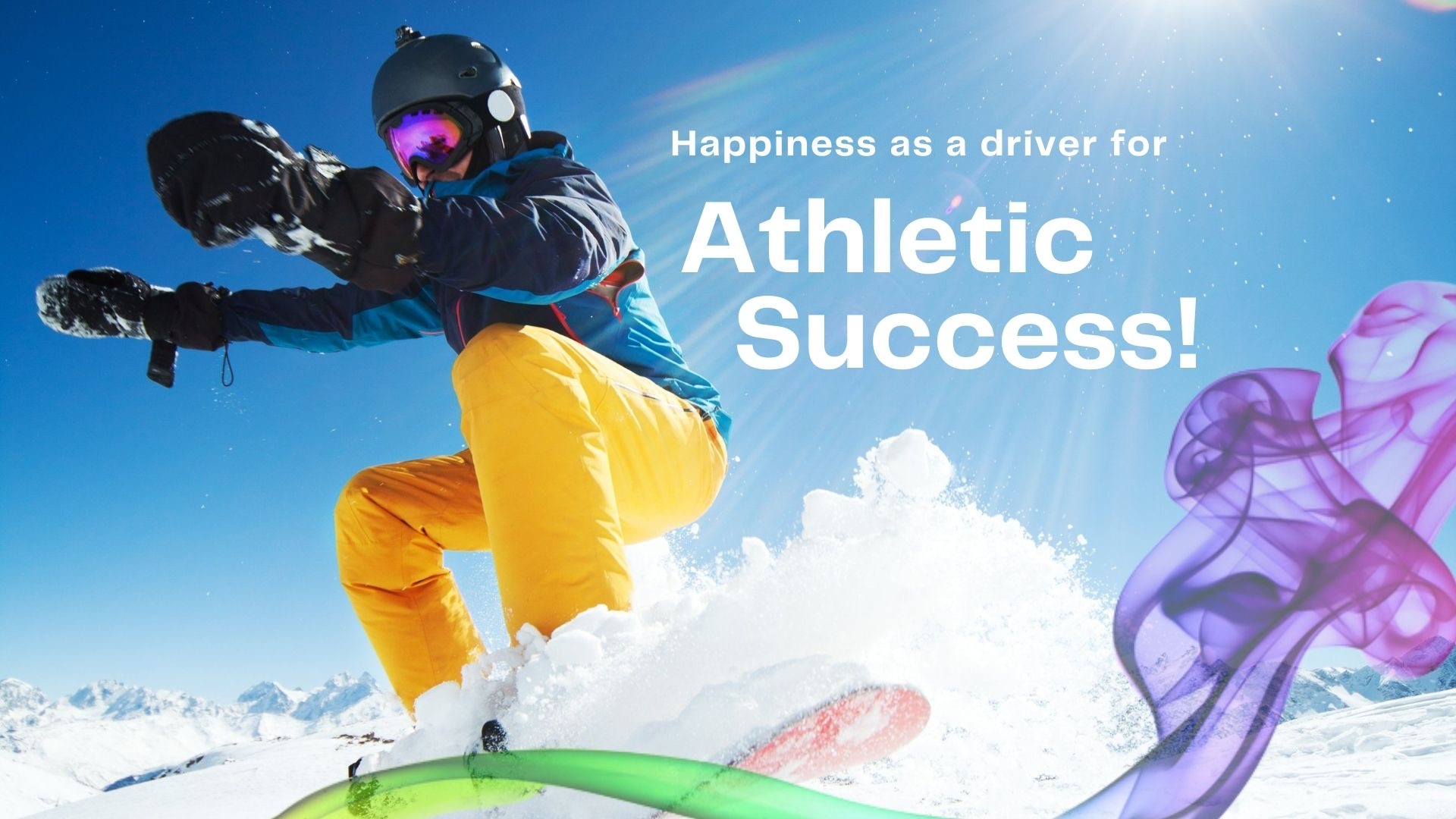Happiness as a competitive advantage?
I love watching the Olympics. Putting aside the politics and the business of it all, for me it is a really emotional experience. A celebration of youth, of human excellence, endurance and ability. I love to discover the individual athletes, and learn about their sport. I imagine their loved ones, who they call after their event. I think about the coaches who support these elite athletes mentally, physically and emotionally, and their dedication.
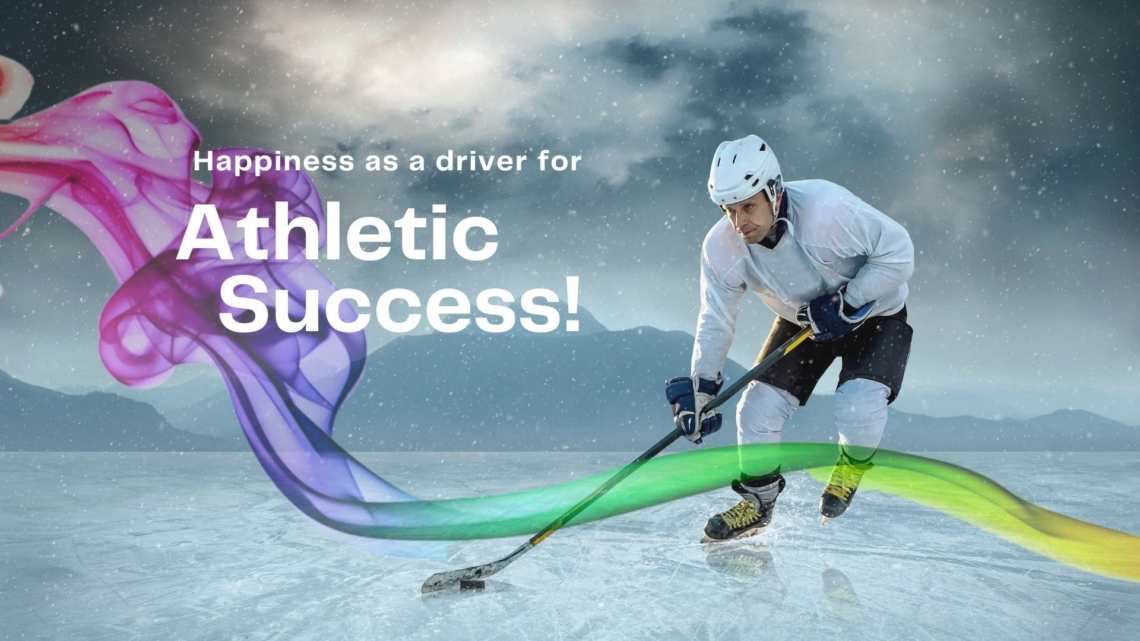
This time, in this world, these winter olympics make me feel full of hope.
Listening to post event interviews, I am reminded that happiness is so often a driver for athletic success. It makes sense that a happy athlete, is a successful athlete, but can happiness really give you a competitive advantage?
There are four happiness factors and understanding them, increases the chance of success for any athlete. Helping them feel happier includes a simple understanding of their Learning Style, Thinking Style, Creative Process and How they Experience Time. It is possible to know all of this about your athletes, and you don’t have to figure it out, and it isn’t guess work! At the SolePath Institute in Calgary, Canada, we do a simple energetic measuring to place all of this information at your fingertips; so much lies hidden within your SolePath personality profile.
Let’s delve a little deeper into each of these happiness factors:
Learning Styles:
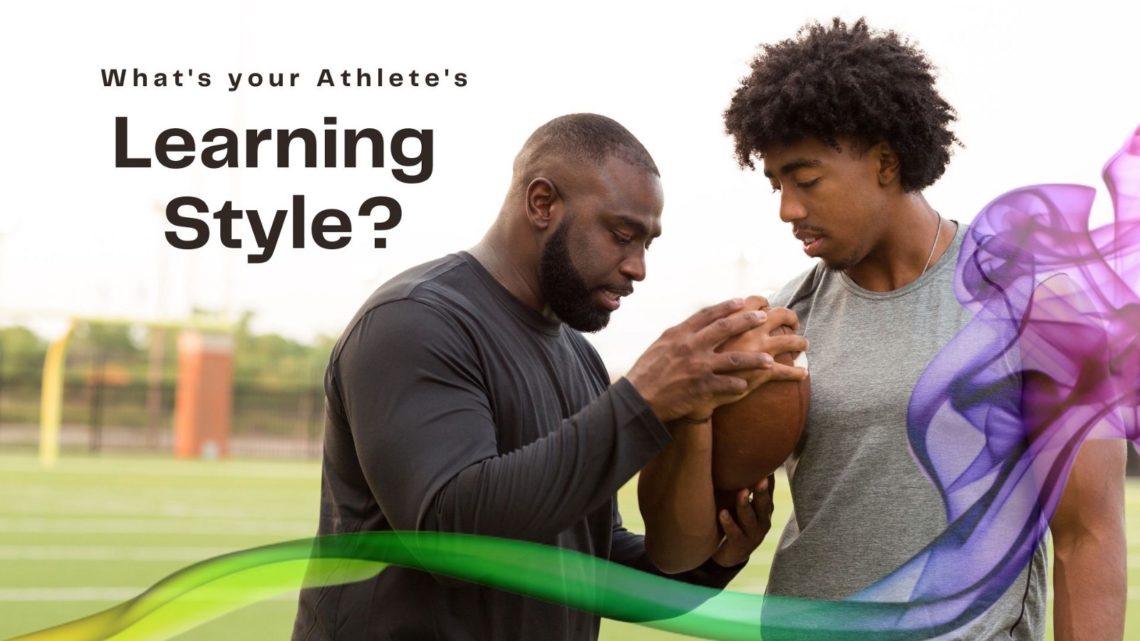
Understanding how to speak so that they can hear, contributes to your athletes’ sense of well-being, their happiness and consequently their athletic success. Not to mention, your own job satisfaction!
A learning style defines how an individual processes information. There are four learning styles and these are Auditory Talker, Auditory Listener, Kinesthetic or Experiential Learner, and Visual Learner. Learning styles guide communication. When you know your athletes learning style, you will understand how best to impart your expertise in a way that the athlete can absorb the lesson.
Who is the Auditory Talker?
These athletes primarily process information through hearing and then talking it out. They need to be able to hear what’s being said with limited outside distractions. These athletes need opportunities to talk it out in order to understand. As an auditory talker, they use their listening and repeating skills to sort through information and retain knowledge. As an auditory talker, coaching others or explaining things to others, gives them special clarity.
Who is the Auditory Listener?
These athletes primarily process information through hearing and ruminating. These athletes can hear both the spoken and unspoken word, so be cautious of what you are communicating through your body language and your energy. As an auditory listener, they easily go within (into their own world) and may not seem to be paying attention or listening, but you will always be surprised by what they pick up and remember.
Who is the Kinesthetic or Experiential Learner?
These athletes primarily learn by doing. They need to be hands-on, doing it themselves, rather than listening to or watching someone else do it. They need to be active in the learning process. These athletes process information by taking the initiative, making decisions and being accountable. As a kinesthetic learner they learn when they try to do it for themselves.
Who is the Visual Learner?
These athletes process information primarily through seeing. Visual learners like to read the information, rather than hearing about it, and they need visual aids such as illustrations, video and photographs to interpret information. These athletes love to see the whole picture rather than just hearing the words.
Thinking Styles:
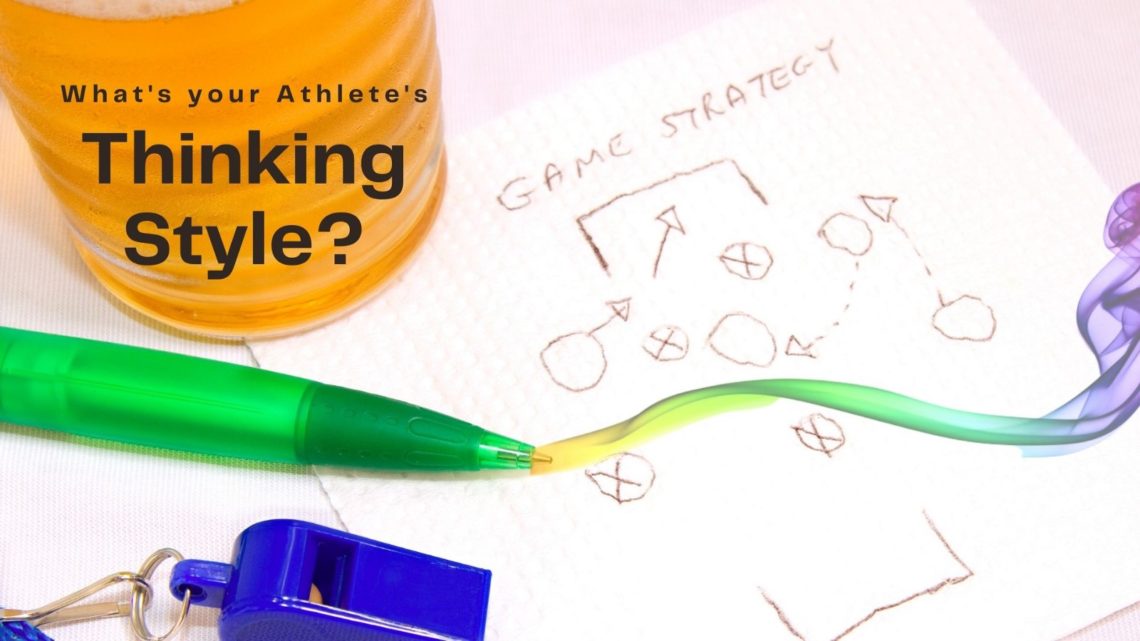
When you know your athletes thinking style, you will know how best to help them achieve excellence and reach their goals. You may even know a bit more about what’s going on in their crazy brains!
A thinking style defines the process of learning, understanding, and gaining knowledge. There are two thinking styles, and these are Logical Linear Thinker and Whole Thinker.
Who is the Logical Linear Thinker?
These athletes are analytical, sequential and rational and respond to data and cold hard facts. They like step-by-step instructions and need to understand what the expected outcome will be. Athletes who are logical linear thinkers feel very fulfilled by achieving day-to-day goals and will closely follow the steps laid out to reach those goals.
Who is the Whole Thinker?
These athletes are perceptive and can think in multiple directions and are often seen as very intelligent. They can make connections among apparently unrelated concepts and ideas, and they really like open-ended instructions with options for possible outcomes. Athletes who are whole thinkers need the whole story with the freedom to choose how to reach the goal.
Creative process:
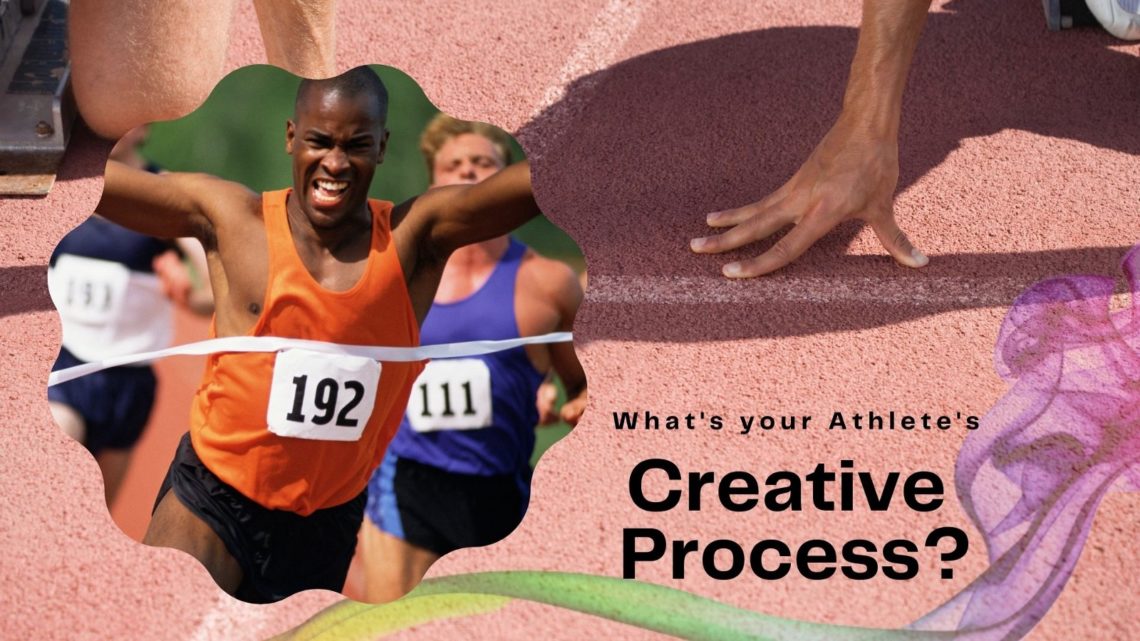
A creative process defines how your athlete initiates concepts and ideas; it defines where their creative spark comes from. There are two creative processes, and these are Backward-Looking Factual Foundation and Forward-Looking Original Initiation. Understanding your athletes creative process will help you understand what they need to formulate their concepts and ideas around success and excellence in their sport.
What is Backward-Looking Factual Foundation?
This process is based on looking at what others have done and then using these external stimuli to create. Fostering creativity within these athletes includes giving them many examples and ideas. Having them see what other athletes have accomplished stimulates their ideas and encourages them to build on what has already been accomplished by others.
What is Forward-Looking Original Initiation?
This process is free-flowing and rather than looking at what others have done, these athletes use internal stimuli and insights to create. Fostering creativity within them includes giving them independence to create what they want and although you have a goal in mind, the path to the goal needs flexibility and room to manoeuvre. Working with you, they will follow their own path and beat their own drum to reach their athletic excellence.
Experiencing time:
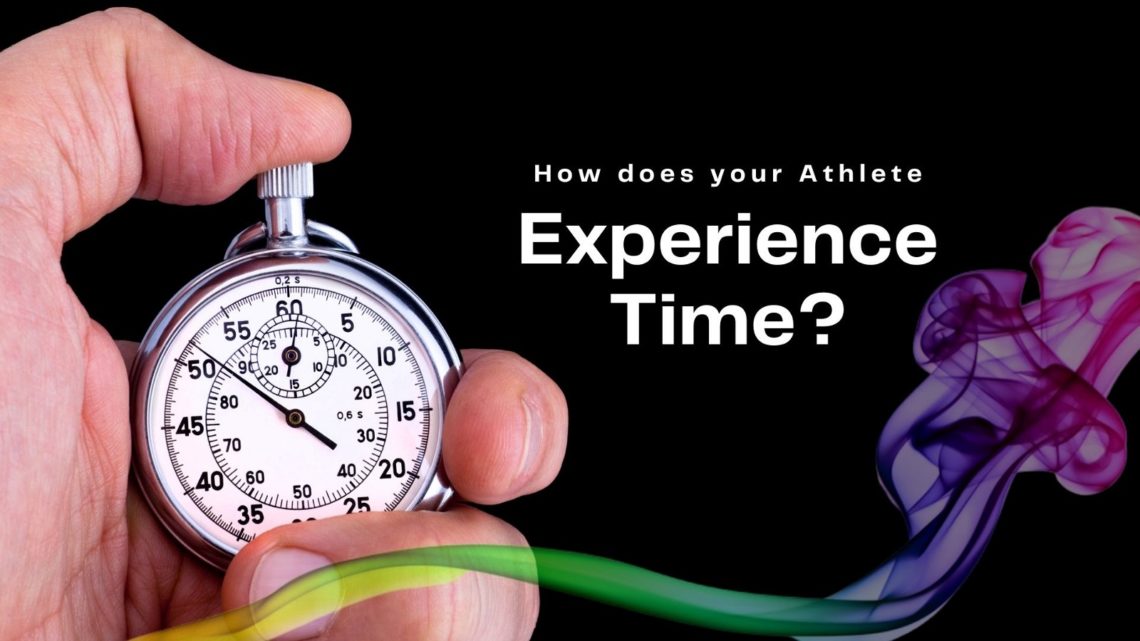
How individuals experience time plays a huge role in subjective happiness. There are two ways to experience time and these are ONE-STEP-At-A-Time or ALL-At-The-Same-Time. I know this sounds impossible, but how athletes respond to time will determine how they recover from losses, and how they respond to victories.
What is One-Step-At-A-Time?
This experience of time is in a logical progression. For these athletes, their subjective experience of time is that one event follows another in succession and when the event is over, it becomes a memory. Time has an order to it and these athletes find it quite a bit easier to forget wins and losses and get into the moment, focusing on with the task at hand.
What is All-At-The-Same-Time?
For these athletes who experience time all-at-the-same-time, their subjective experience of time is that they are not always discerning about which event or memory came first. Sometimes they have little distinction between past and present events. Their time perception is often that “everything that has happened and everything that is happening” is happening now. As you can imagine, these athletes would have more difficulty in letting go of past wins and losses and they are more likely to let a previous performance affect the task at hand.
Happiness and athletic excellence go hand in hand. Understanding these four happiness factors, could very well be the difference between winning and losing for athletes in any sport.
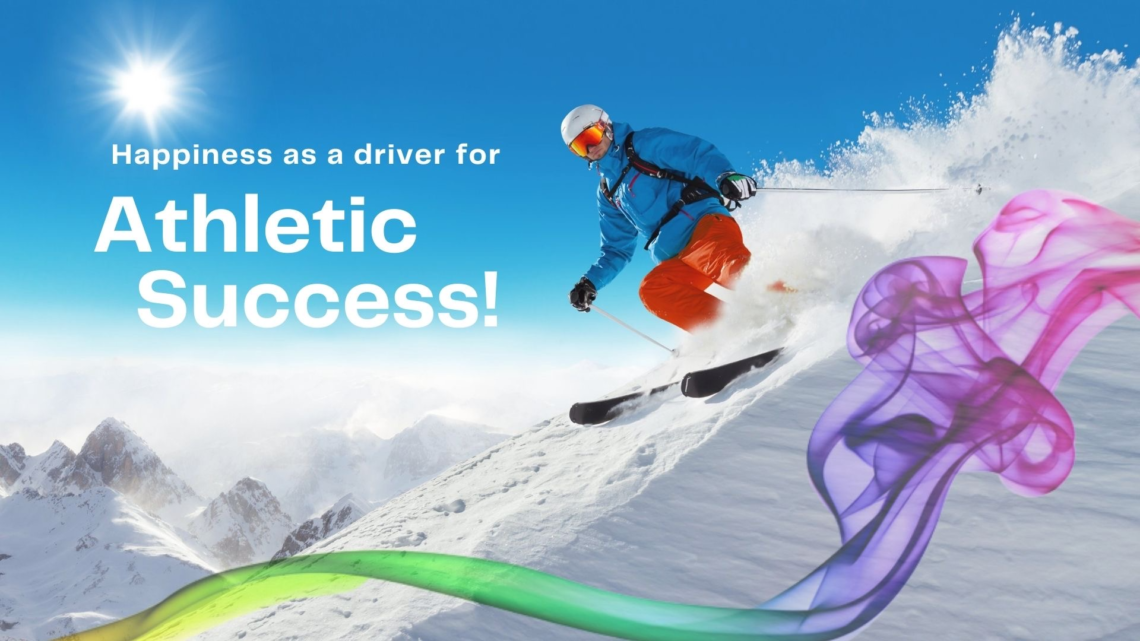
Athletes and people who live a spiritual lifestyle are so similar. Athletes use intentions and goals to set success targets; spiritual people use intentions to chart the map for their life. Athletes use visualizations to see themselves in moments of success; spiritual people use visualizations as a meditation tool, to calm their minds. Both athletes and spiritual people use affirmations to remind themselves of who they are, to remind them of their greatness.
You can discover your own four happiness factors. At the SolePath Institute in Calgary, Canada, we do a simple energetic measuring to place all of this information at your fingertips; so much lies hidden within your SolePath personality profile.

Author: Dr. Debra Ford Msc.D.
Dr. Debra is one of the world’s foremost experts in metaphysical energy. She has a doctorate in metaphysical science and is a metaphysical philosophy teacher. She is an ordained minister and member of the American Metaphysical Doctors Association and the Canadian International Metaphysical Ministry.
Dr. Debra’s SolePath is Inspirational Teacher and Spiritual Mystic. It is this SolePath that allows her to connect, create and communicate the original SolePath body of work.
Dr. Debra’s work is based on the Tao. She is the author of 17 books including ‘SolePath the path to purpose and a beautiful life‘, ‘Daily Pulse, rhythm of the Tao‘ and her children’s book ‘Emilia Rose and the rainbow adventure’.
Join Dr. Debra on the Insight Timer meditation app for guided meditations, LIVE meditations, mentoring, courses, workshops and more.
What is Metaphysics? It is one of the main branches of philosophy (along with epistemology, logic, ethics) and deals with the nature of existence, truth and knowledge.
What is SolePath? Everyone is born with a SolePath. It is your unique, individual Spiritual Personality Profile. ‘Sole’ because it is solely about you. ‘Path’ because it guides you on your life’s journey.
Contact: DrDebra@SolePath.org
Grateful thanks to Dr. Janice Brown for the wonderful blog images.
